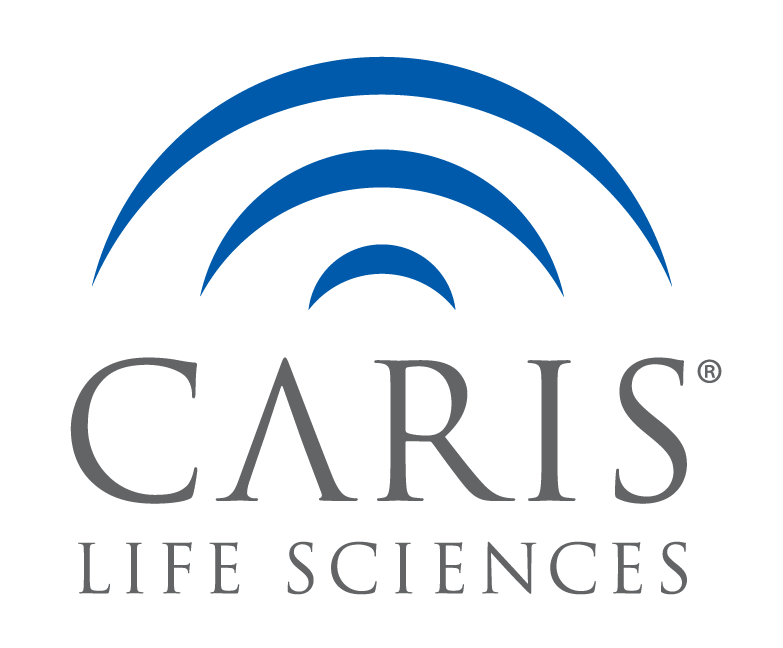Introduction:
Aptamers are valuable tools for identifying novel therapeutic targets due to their high affinity and specificity. The relative ease of selection of aptamers binding to complex targets and their lack of immunogenicity have led to the incorporation of aptamers into drug transport vehicles and cell labeling tools. However, their potential as direct anti-cancer therapies remains to be explored. Recent advances in aptamer therapeutics have underscored their potential to meet the need for better therapies in B-cell non-Hodgkin lymphomas (NHL). For example, the aptamer AS1411 binds nucleolin and inhibits the proliferation of multiple leukemia and lymphoma cancer cell lines. The DNA aptamer C10.36 has been shown to selectively bind to Ramos Burkitt lymphoma cells and to be internalized via clathrin-dependent endocytosis. Here we identify the molecular target of C10.36 and explore its potential role as a targeted therapy in NHL.
Results:
C10.36 affinity pull-downs revealed that it associates with a ribonucleoprotein complex on the surface of Ramos cells. Gene Ontology enrichment analysis revealed proteins over-represented in chromatin organization and RNA metabolic process gene sets. Covalent crosslinking identified heterogeneous nuclear ribonucleoprotein U (hnRNP U) as a direct binding target of C10.36 within the complex. We next surveyed additional lymphoma and leukemia cell lines for C10.36 binding. Interestingly, C10.36 binding to MEC-1 and SU-DHL-1 cells was readily observed, whereas binding to a normal B cell derivative, SKW6.4, was greatly reduced. Although hnRNP U was detected on the surface of all four cell lines by cell surface protein labeling, affinity purification of hnRNP U by C10.36 was only observed in the fully transformed cell lines and not in SKW6.4 cells. This observation indicates that C10.36 binding may be determined by conformation, context or posttranslational modification. Treatment with C10.36 led to a loss of viability and IC50 values for sensitive cell lines ranged from 100 to 400 nM. Importantly, a single point mutation in C10.36 (G24A) abrogated both binding and antiproliferative activity.
Conclusion:
The present study identifies cell surface hnRNP U and its ribonucleoprotein interaction partners as potential therapeutic targets for NHL and highlights the potential for the development of C10.36 as a novel anti-B cell lymphoma targeted therapy.

